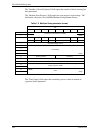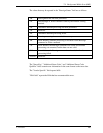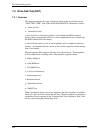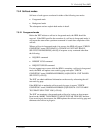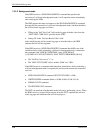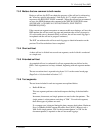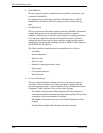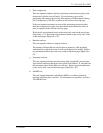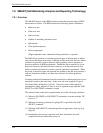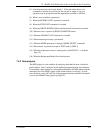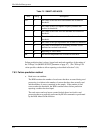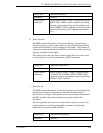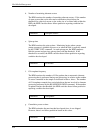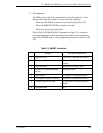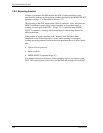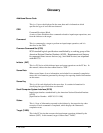
Disk Media Management
410 C141-C013
7.6 SMART (Self-Monitoring Analysis and Reporting Technology)
7.6.1 Overview
The SMART function of the HDD monitors events that represent signs of HDD
deterioration or failure. The HDD monitors the following metrics (attributes):
• Read error rate
• Write error rate
• Seek error rate
• Number of remaining alternate sectors
• Spin-up time
• G-list update frequency
• Device temperature
(High-temperature state, rather than failure prediction, is reported.)
The HDD always monitors events that represent signs of deterioration or failure,
and collects data about such events. Data that will be used as the basis for failure
prediction is generally stored in memory during ordinary service operation to
prevent a reduction in HDD performance. Should the data in memory be lost at
power-off, however, the data collected in memory is written and saved to disk
media at certain time intervals or when a specific operation is performed. When
the power is turned on again, the data that was written to the disk most recently is
read and loaded into memory, and then data collection for failure prediction
resumes.
If reading statistical information from disk media fails at subsequent power-on, no
transition is made to the ready state. In this case, the error reported is Logical
Unit Failed Self-configuration [=4C/xx]. If an error occurs while statistical
information is being written to a disk, no error is reported except when the LOG
SELECT or LOG SENSE command is issued.
The statistical data on the disk is updated under any of the following conditions:
(1) When a LOG SENSE or LOG SELECT command is executed with the "SP"
bit set to "1"
(2) When an accounting year/week (Log Page 0E) is specified in the LOG
SELECT command
(3) When the LOG SELECT command specifies an application client log (Log
Page 0F)
(4) Immediately after control, statistical, and other information are read
completely from the media after power-on



